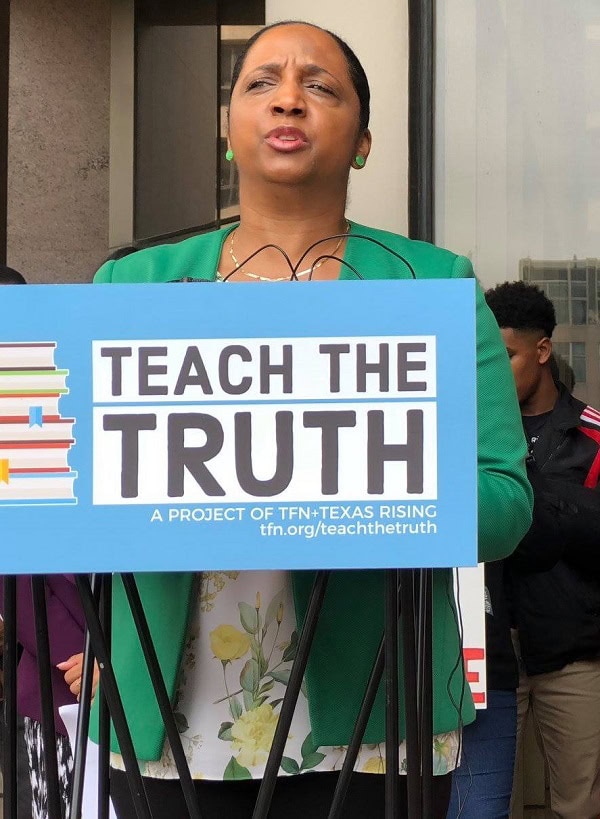The approaching Columbian Quincentenary has stimulated interest in the European exploration and mapping of America in the sixteenth and seventeenth centuries. At times, portions of what is now the northeastern United States appeared on maps as “Norumbega.” The precise spelling, boundaries, and location of Norumbega changed from map to map and over time. By 1650, the sprawling regional Norumbega of Cornelius Wytfliet’s map of 1597 had been reduced to a name for the Penobscot River of present-day Maine. By 1700 the Norumbega designation had all but disappeared from maps of the New World.
While it was in fashion, Norumbega was a mystery, a land of enchantment. Its appearance on maps served as an incentive to Europeans to continue the region’s exploration and settlement although it was already a homeland of a variety of native American peoples, including the Abenaki, the Penobscot, the Micmacs, and the Passamaquoddy.
For the next two years, the Maine Humanities Council will be sponsoring several kinds of programs on the history of Norumbega as an idea and as an evolving reality. The inaugural event, an academic symposium on “Norumbega and The New Geography,” took place in Portland. Professor John Stilgoe of Harvard University addressed the February gathering with a paper on “Edging Off the Map: Geographical History Since World War II.” Stilgoe’s presentation included an analysis of recent developments in historical geography and contemporaneous changes in history methodologies. A complementary lecture was delivered by Professor John Allen of the University of Connecticut. The subject of his remarks was imagination and the sources of geographic knowledge in the West during the sixteenth and seventeenth centuries.
The February 27 symposium will be followed by a series of seminars for secondary school teachers, conducted throughout Maine, on resources and methods for the teaching of historical geography. Several sites have already been selected by the Maine Humanities Council for convening these seminars, each of which will be led by a college or university scholar who is knowledgeable in the field. The seminar instructors will be demonstrating the use of maps as texts and tools and emphasizing the potential of geography as a vehicle for instruction in the region’s history.
Yet another component of the Norumbega project will be an international conference on cartography, history, and geography scheduled for December 2 md 3, 1988, in Portland. Among the numerous scholars included on the two-day agenda are: James Axtell of the history department at The College of William and Mary; David Beers Quinn, an emeritus professor of modern history at the University of Liverpool; David Woodward and Brian Harley of the University of Wisconsin’s History of Cartography project; and David Buisseret, Director of the Newberry Library’s Hermon Dunlap Smith Collection. Papers from both the conference and the symposium will be collected and published subsequently.
Coinciding with the conference will be the opening, at the Portland Museum of Art, of an exhibition of rare maps and atlases highlighted by selections from the L.M.C. Smith Collection recently donated to the University of Southern Maine. The collection features exquisitely hand-colored maps by Dutch, French, and English cartographers of the early modern period.
The Maine Council’s Norumbega project will continue into 1989. Public programs will carry elements of the exhibition and the results of the conference and the symposium to audiences cross the state. The project received a State and Regional Exemplary Award from the National Endowment for the Humanities to underwrite much of the endeavor. This award was the fourth such major grant earned by the Maine Humanities Council in the past five years.
Marcia Carlisle currently serves as the coordinator of the Norumbega project. She came the post from the history faculty at New York University.


